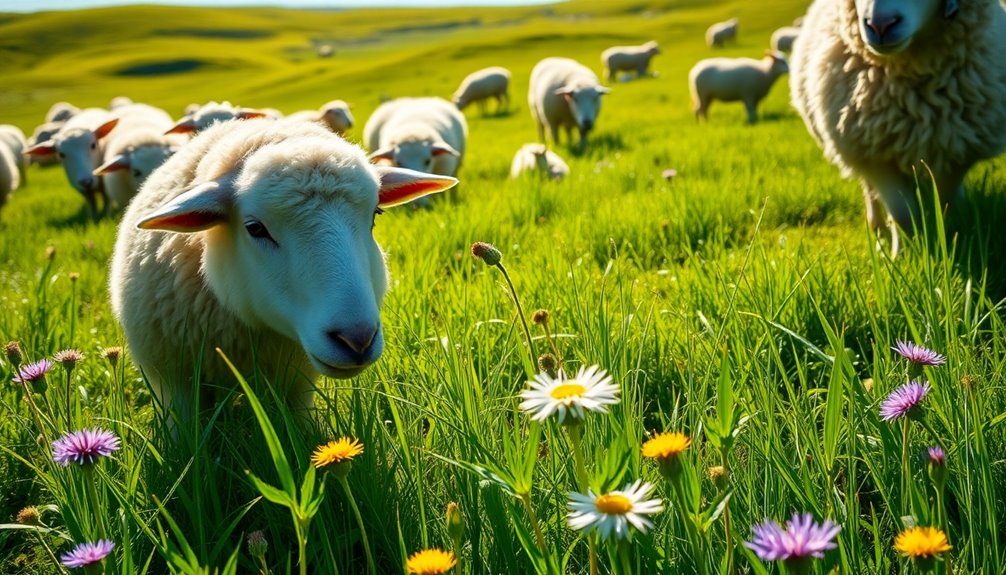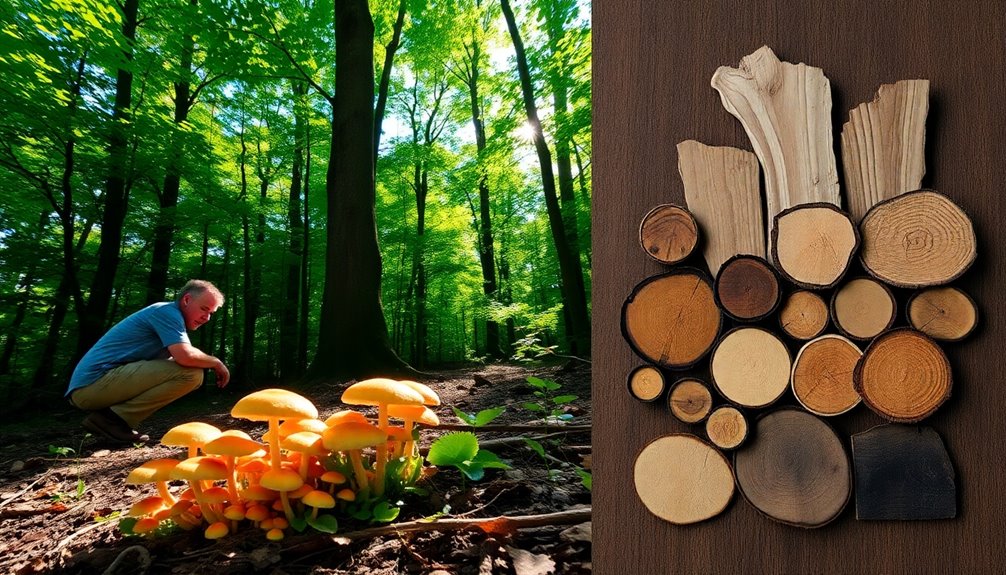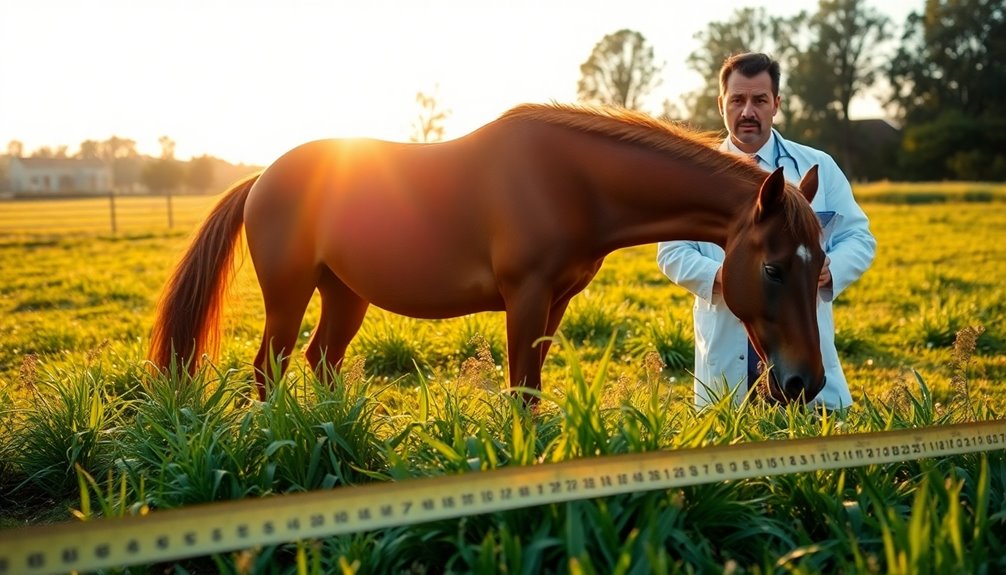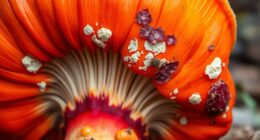Uncover the potential earnings awaiting in the wilderness as you explore the world of foraging. With increasing demands for wild foods such as mushrooms, it is possible to make up to $20,000 annually. Learn how to safely identify plants, avoid contamination, and harvest sustainably for long-term benefits. Profitable discoveries like morels, fiddlehead ferns, and elderflowers can significantly boost your income. Utilize social media, partnerships, and events to effectively market your finds to a wider audience. Remember, responsible harvesting ensures both profits and the preservation of nature’s treasures. Embrace the opportunities and embark on your journey into the realm of wild food entrepreneurship.
Key Takeaways
- Focus on high-demand wild foods like morels and huckleberries for increased profits.
- Collaborate with local restaurants and markets to expand sales opportunities.
- Establish a strong online presence through social media and online marketplaces.
- Offer educational workshops or guided foraging tours to attract customers.
- Practice sustainable harvesting to ensure long-term availability and profitability.
The Profit Potential of Foraging
With the rising demand for unique and locally sourced ingredients, foraging presents a significant opportunity to earn substantial profits, especially when it comes to sought-after items like wild mushrooms. Many foragers have found success in making money by selling these wild delicacies, with some even raking in up to $20,000 per year.
The high demand for wild foods in restaurants and markets further enhances the profit potential of foraging endeavors.
Success in this field hinges on various factors such as the types of foraged foods, seasonality, and market prices for wild ingredients. Building strong relationships with chefs, food artisans, and specialty stores is also essential for selling your harvest at premium prices.
By obtaining proper permits, certifications, and practicing sustainable harvesting methods, foraging can't only be profitable but also a rewarding career choice.
Essential Foraging Safety Tips

Make sure you accurately identify wild plants and fungi before consuming them to prevent any potential risks to your health. This is especially important when considering wild mushrooms, as some can be highly toxic and even deadly if ingested.
When foraging for wild foods, always carry a reliable field guide or use a smartphone app to assist in proper identification. Seeking guidance from experienced foragers or attending workshops can also help you learn safe foraging practices and avoid dangerous mistakes.
Remember to avoid foraging in contaminated areas or near roadsides where plants may have absorbed pollutants that could harm you. Additionally, practicing sustainable harvesting is vital for the long-term health of wild food sources.
When engaging in a commercial harvest, only take a small portion of a plant or mushroom population to ensure their future growth and abundance. By following these essential safety tips, you can enjoy the benefits of foraging while minimizing potential risks to your well-being.
Identifying Profitable Wild Foods

Identifying lucrative wild foods can greatly enhance your foraging profits and expand your potential income sources.
When seeking to make a quick buck from foraging, it's important to know which wild edibles are in demand and can bring in the most profit.
For example, wild mushrooms like morels can fetch a substantial $20-$40 per pound, while wild ramps and fiddlehead ferns are also profitable choices, selling for $10-$20 and $5-$10 per pound, respectively.
Additionally, wild berries such as huckleberries can be a lucrative option, priced at $5-$15 per pound.
Don't overlook edible flowers like elderflowers either, as they can be sold for $1-$3 per ounce.
Marketing Your Foraged Products

To effectively market your foraged products, consider leveraging social media platforms and online marketplaces to reach a broader audience and increase sales. Utilize platforms like Instagram, Facebook, and Etsy to showcase your unique offerings and engage with potential customers.
Establishing a strong brand identity is essential in standing out in the market. Develop creative packaging that reflects the essence of your foraged goods and appeals to your target market.
Collaborating with local restaurants, chefs, and specialty food stores can also help promote your foraged products. By featuring your items on menus or shelves, you can increase visibility and credibility within the community.
Participating in farmers markets, food festivals, and craft fairs provides direct interaction with customers and a chance to share the story behind your products.
Additionally, offering workshops, classes, or guided foraging tours can help educate consumers and build a loyal community around your brand. These activities not only generate additional income but also establish you as an expert in the field of foraging.
Sustainable Foraging Practices
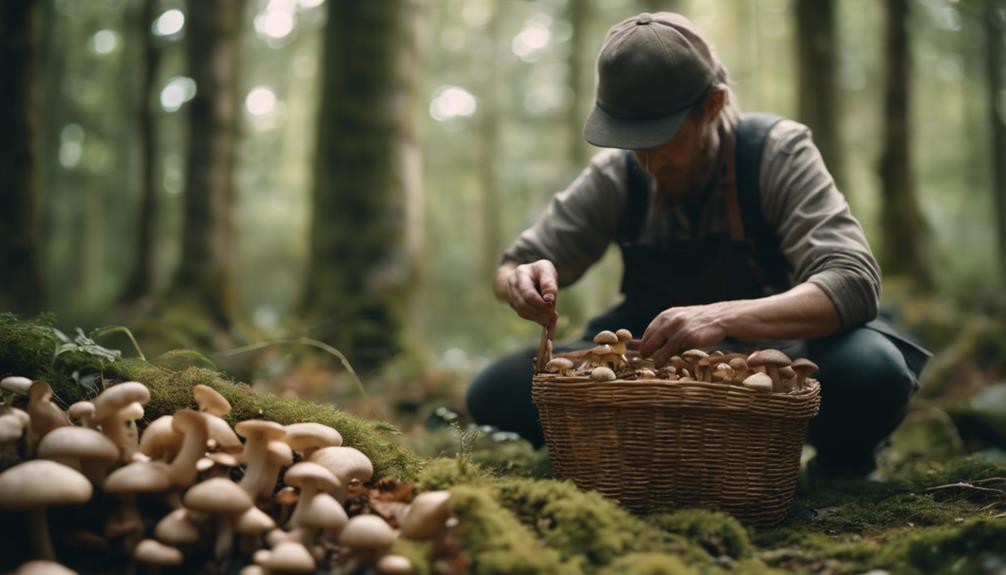
Given the significance of conserving the ecosystem and guaranteeing the longevity of wild food sources, it's imperative to prioritize sustainable foraging practices when harvesting wild foods.
To ascertain you're foraging in a sustainable manner, consider the following:
- Harvest Responsibly: Take only what you need and avoid over-harvesting to allow for natural regeneration.
- Respect Nature: Treat the environment with care, leaving it as undisturbed as possible during your foraging activities.
- Promote Biodiversity: Look for ways to support the variety of species in the wild by diversifying your foraging locations and practices.
Frequently Asked Questions
Can I Make a Living Foraging?
You can make a living foraging by selling sought-after wild foods like mushrooms and fiddlehead ferns to restaurants and markets. Establish relationships with chefs and local businesses to maximize profits. Harvest responsibly for sustainable earnings.
How Much Can a Forager Make?
You can earn anywhere from $20,000 to $100,000 annually as a forager, depending on the wild foods you harvest and market demand. Diversifying your products, considering location and sustainability, helps maximize profits.
Is Foraging Profitable?
Foraging can be profitable if approached strategically. Factors like location, demand, and expertise influence earnings. Diversifying your harvests helps cater to different markets. With time, knowledge, and sustainable practices, you can find success.
Can You Live off Foraging?
You can live off foraging with dedication, knowledge, and effort. By selling wild foods to restaurants, markets, and offering tours or workshops, you can diversify income sources. Building relationships is key to establishing a reliable income.
Conclusion
To sum up, foraging can be a profitable venture with the right knowledge and approach. Take the case of Jane, who turned her passion for wild mushrooms into a successful business, selling her foraged finds to local restaurants and farmers markets.
By following safety guidelines, identifying high-demand wild foods, and effectively marketing your products, you too can earn a living from the bounty of the great outdoors.
Happy foraging!



